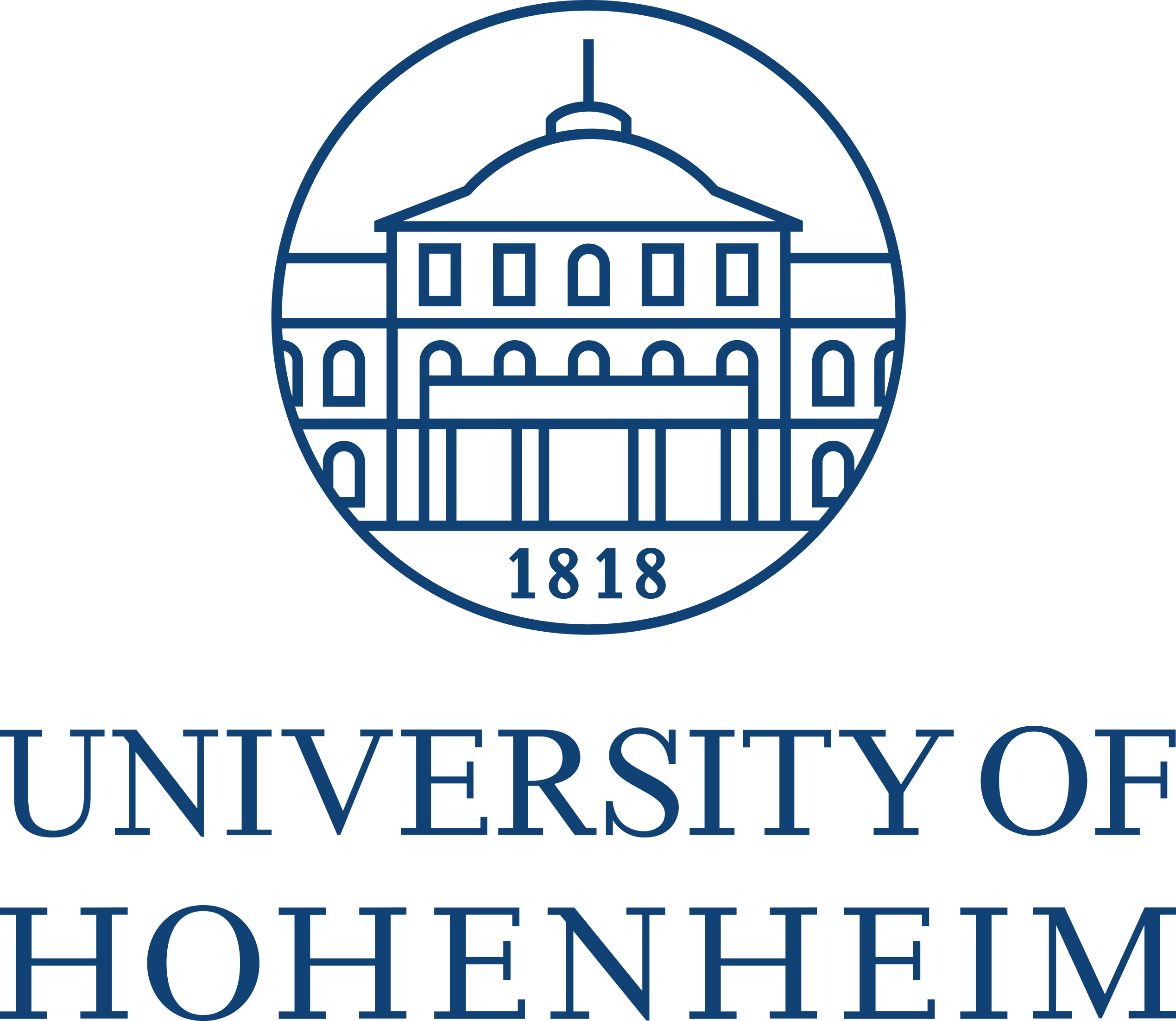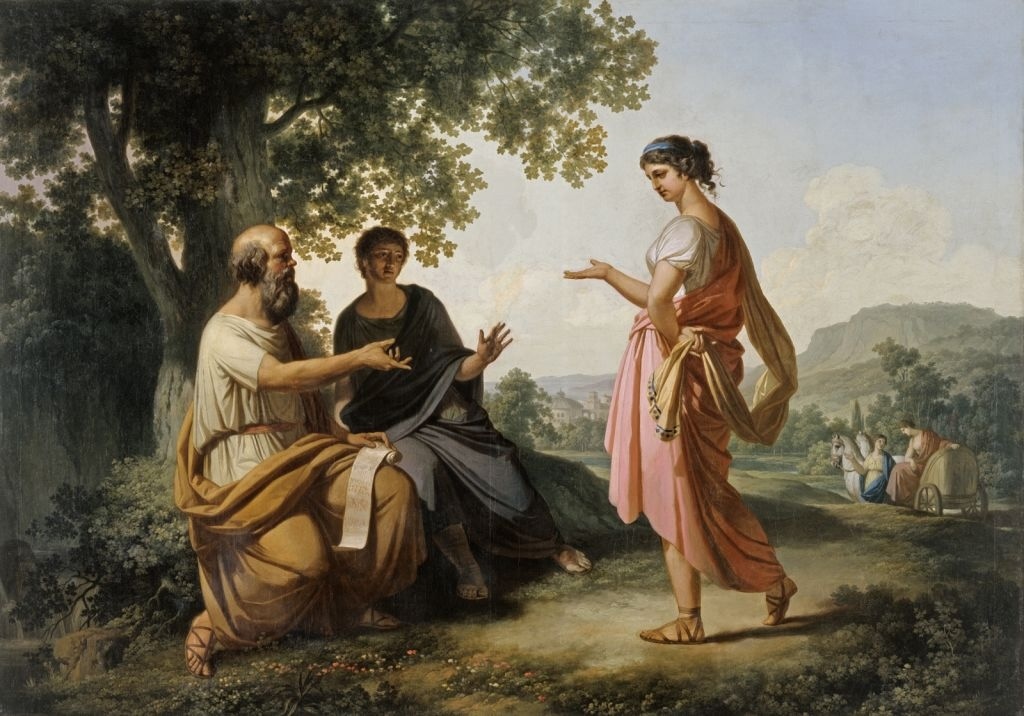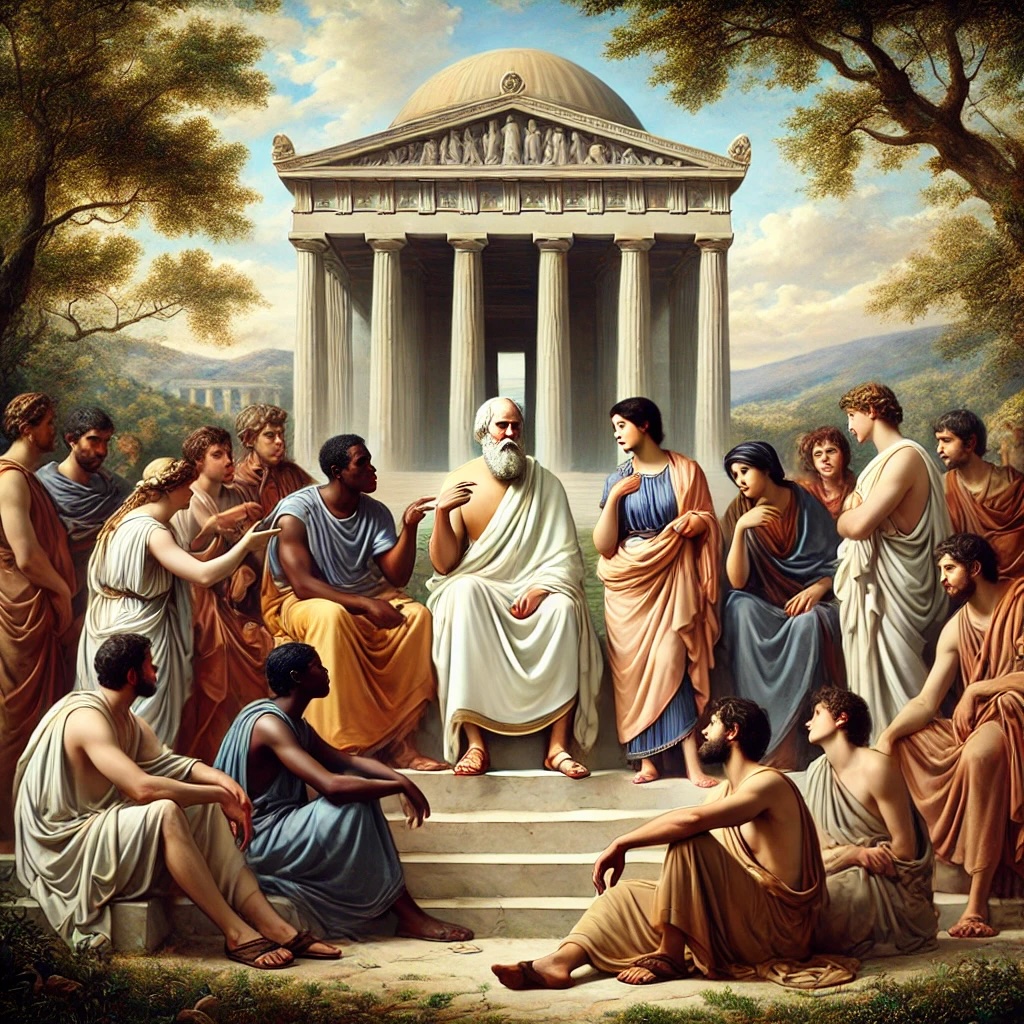Introduction to module
Learning goals for this course
General learning goals
As part of your general education of a scientist, this course serves as essential preparation for doing the research and writing your master’s thesis. It provides you with the foundational skills necessary to engage in rigorous scientific research.
Our course will introduce both practical aspects of scientific research such as working with literature or experimental design, but is also aimed at stimulating critical thinking and the philosophical background of modern scientific research.
Furthermore, we place a focus on understanding ethics in scientific research, emphasizing the importance of integrity in research and equipping you with the knowledge to avoid scientific misconduct and plagiarism.
Our ultimate goal is to support you in your professional development as a crop scientist by improving your competence in scientific research.
Fields of competence
We attempt to align the course with different areas of competence. There are various definitions of competence (Figure 1). They include professional competence, which summarizes the knowledge and the understanding on your subject area, for example plant breeding, plant protection, plant nutrition.
Methodological competence which is the use and the application as well as the creation of knowledge. Scientists want to discover something new or invent new methods and in order to be able to do so they need to have a high level of competence in the methods they are applying and using.
Then science is a highly cooperative activity and requires a lot of communication. For example scientists need to acquire funds to conduct their research or when they present the results of their research or when collaborate with others, the ability to interact with colleagues and the general public in a professional manner is essential.
Finally scientists need to have a personal level of competence which comprises the self-conception as a scientist and as a professional the work habits and in particular the work ethics, which we will also discuss in this course.
We aim to align the course with various areas of competence. There are several definitions of competence (see Figure 1).
Professional competence encompasses knowledge and understanding of your subject area, such as plant breeding, plant protection, and plant nutrition.
Methodological competence refers to the ability to use, apply, and generate knowledge. As scientists, we seek to discover new things or invent new methods, and achieving this requires a certain level of competence.
Science is also a highly collaborative activity, requiring effective communication. For instance, we need to communicate when acquiring funding for research, presenting our findings, or collaborating with others. Therefore, social competence is essential.
Lastly, personal competence includes your self-identity as a scientist and a professional, as well as your work habits and ethics. We will discuss these aspects in the course as well.
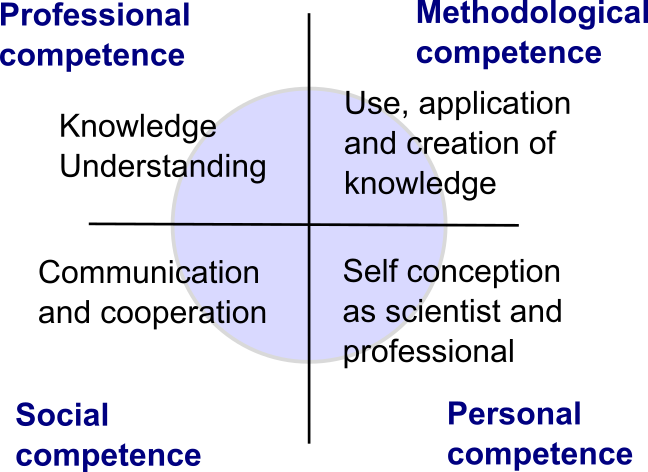
Most importantly there is an important difference between academic competence and professional or vocational competence which differs the studies at a university from a professional train.
The following statement very clearly outlines what academic competence is.
Academic self conception...
... is a qualification of a person who decides and acts largely freely and self-determined. He/she does this in responsibility for things and persons and for the general public, whereby the reflection is determined by scientific/epistemological principles.
— German conference of Education Ministries, 2017
Due to the rapid development of technology and changes in how we organize work, the nature of professional tasks, particularly for highly qualified professionals, is evolving significantly.
This is illustrated in Figure 2, which shows the shifts in task composition in the U.S. labor market over time. From the figure, it becomes clear that non-routine analytical and interpersonal tasks are on the rise, while both routine and non-routine manual tasks are in decline.
As a result, academic education must consider that many tasks future university graduates will perform are non-routine and require the ability to work independently, creatively, and collaboratively.
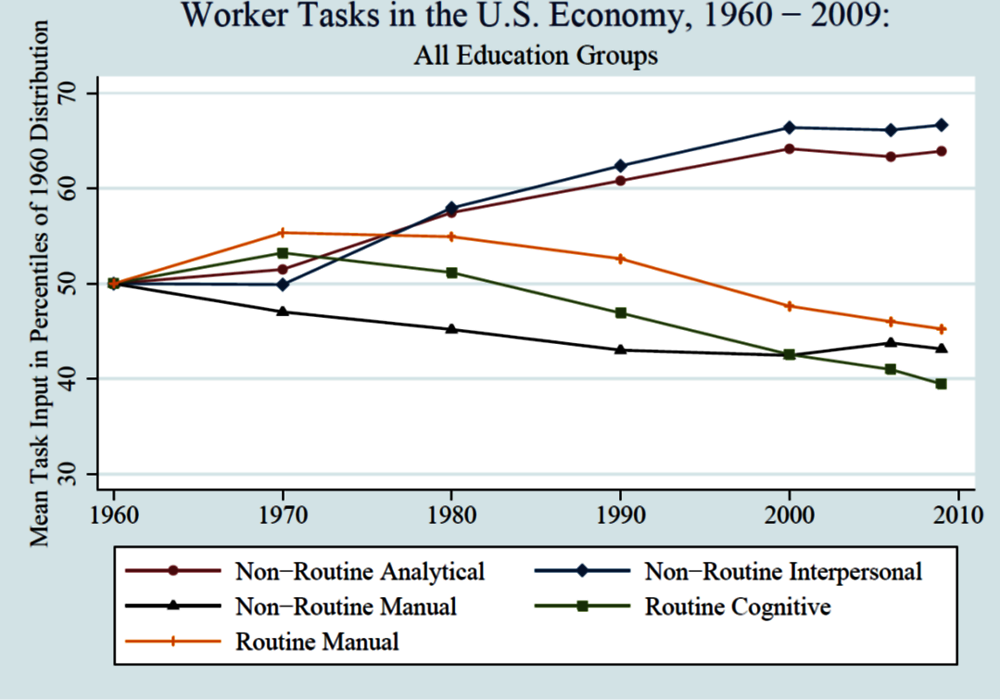
The increasing importance of non-routine work tasks is supported by the following evidence. There are also clear differences between countries in the share of non-routine employment and ICT task intensity within manufacturing industries, as shown in Figure 3.
ICT, or information and communication technologies, is a broad term encompassing anything related to communication, particularly digital and electronic communication.
Figure 3 highlights a strong positive correlation between ICT task intensity and the share of non-routine employment in manufacturing industries. Notably, in countries with strong economies, both ICT task intensity and the proportion of non-routine employment are high.
In conclusion, non-routine employment will be highly significant in the future workplace, especially in modern economies.
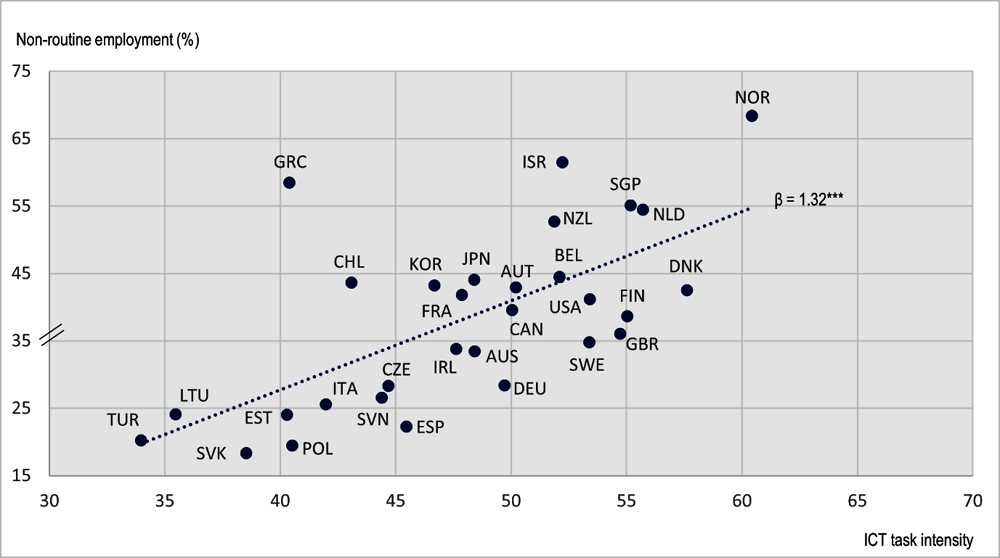
Another important development is the rapid evolution of digital technologies, particularly artificial intelligence. Many tasks in the workplace that once required human resources can now, and increasingly in the near future, be performed by machines, leading to a dramatic shift in the role of humans. Instead of doing the work themselves, humans now direct machines, telling them what tasks to perform and programming them.
Another key responsibility for humans is to develop and think critically about concepts, fostering creativity, and evaluating the output of machine assistants.
Due to this, much of the current technical knowledge becomes obsolete quickly as technology advances. Specialized knowledge is becoming redundant, either because it is easily stored and retrieved by machines or because it can be automated. As a result, the role of humans will increasingly involve higher-level tasks—thinking creatively, conceptualizing, and evaluating. Therefore, critical thinking will be a crucial skill for future workers.
Figure 4 demonstrates that the teaching of critical thinking as a key skill is particularly lacking in the curricula of agricultural sciences1.
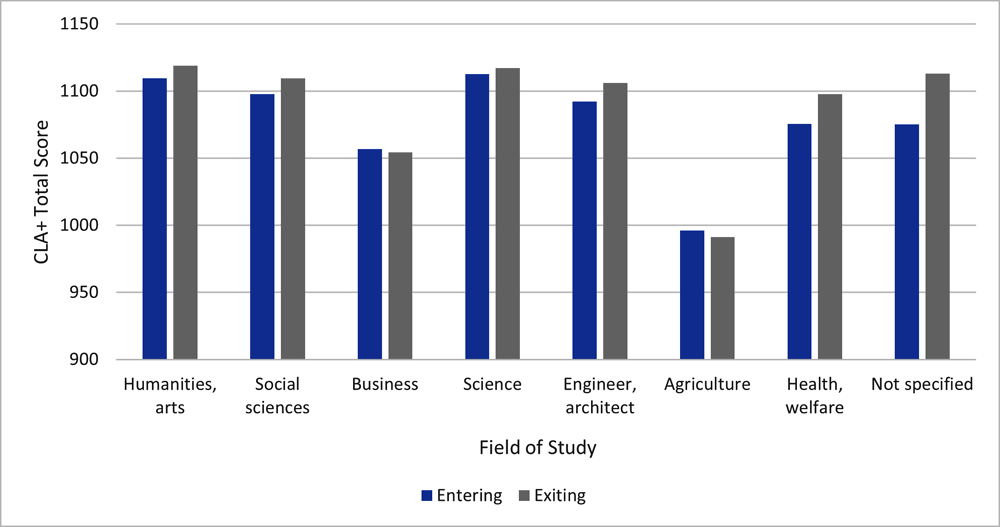
Therefore, teaching critical thinking is an important motivation for this course.
Structure of the course
General structure
Scientific research is grounded in numerous concepts that can ultimately be traced back to philosophical and theoretical considerations, but it also involves many practical concepts and rules—i.e., it is a craft.
Therefore, our course covers both the theoretical and practical aspects of scientific research.
In the sessions addressing theoretical aspects, we will explore fundamental questions such as: What is truth? We will examine the scientific method, breaking down its key components and the tools used to conduct scientific research.
On the practical side, we will discuss essential tools for reproducible research. You will learn how to effectively engage with scientific literature and investigate the critical relationship between science and the economy.
What you will not learn in this course:
- This course will not cover laboratory-based experimental methods, which are addressed in specialized modules.
- You will also not learn how to write your Master’s thesis, as this is the responsibility of your thesis advisor.
- Lastly, for guidance on writing academic papers, you can refer to the resources provided by the Faculty of Agriculture at the University of Hohenheim through this link.
Teaching concept
We implement these topics and expectations through the following teaching concept. It is based on Bloom’s taxonomy (Figure 5), which outlines various stages and duties of teaching. On the level, which involves the transfer of knowledge, we mainly rely on written texts and short videos. Such teaching materials are highly suitable for self-paced, asynchronous individual study.
The second stage takes place in class, where we deepen, review, and apply our knowledge through in-class exercises, discussions, and computer labs.
At the highest level, we aim to create something new by applying the knowledge and skills we have acquired. This is reflected in the two coursework assignments.
In the first coursework, you will summarize and discuss a text on a topic related to crop science, both in writing and through a presentation of another text. This will be done in pairs, allowing you to also practice teamwork.
The second coursework assignment helps you apply your knowledge of data science and data analysis using data obtained during the course. You will also create something new by conducting a simple scientific project.
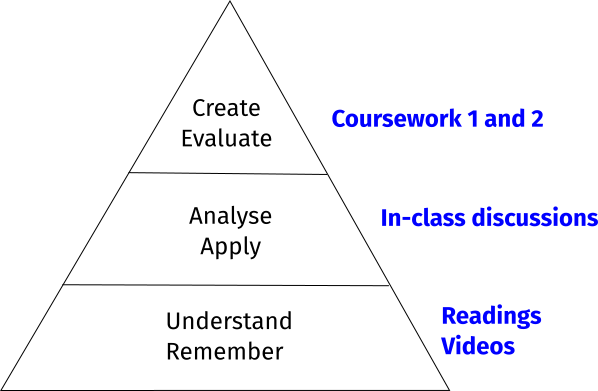
What is expected from you?
- Study the pre-class material before class
- Participate in activities during class
- Review the study questions and key concepts in lecture notes to prepare for the general questions at the final colloquium.
- Read some additional literature to broaden your scope (“Further reading” and references in the lecture notes.)
Using generative AI (e.g., ChatGPT)
The University of Hohenheim has published a policy on the use of generative artificial intelligence (such as large language models, LLM)2, and their use in teaching and assessments. You can read about this policy by following this link Link.
An important consequence of the use of generative AI is that any text production is now becoming much easier and can be automated to a large degree. Therefore, summaries of academic texts or writing of term papers can be delegated to a LLM with the consequence that the role of writing in academic education is changing rapidly because it becomes increasingly difficult to detect AI generated text from original writing.
Therefore, classical methods for assessment are becoming more important to demonstrate that students have mastered the content of courses at different levels of the Bloom taxonomy. Closed-book written exams increase their importance as well as oral exams that are not only based on questioning but on a structured discussion of topics relevant to the course that demonstrate that students able to think independently and critically.
In that respect, modern-day academic teaching is based on the utilization of state of the art technological tools such as generative AI, but also to the classical academia of Ancient Greece, where students discuss with their teacher in groups (Figure 6).
The image in Figure 6 A is an original painting and shows Socrates, his disciple and the Greek philosopher and priestess Diotima, who teaches Socrates about the true Eros in a conversation about love. Diotima is mentioned in Plato’ dialogue about love, but it is not clear whether she was a real person. The “painting” in Figure 6 B was generated with OpenAI’s DALL-E using the following prompt:
“A painting in the neoclassical style of Franc Caucig of the philosopher Socrates discussing with a few young male and female ethnically diverse disciples set in a classical greek landscape. Socrates should appear as primus inter pares.”
Based on Platon’s dialogues of Socrates, one such method for discussion and interaction in teaching has been formalized as Socratic Method (Wikipedia) to foster critical thinking. Such teaching formats will become more important in future teaching and we will also use them in class.
Another important development caused by AI is that practical tasks will become more challenging and less based on mastering individual technical skills but to be able to conceptualize, integrate, interprete, present, etc. For example LLM greatly facilitate computer programming by suggesting computer code based on prompts.
The text in Note 1 is an example of a dialogue with the Claude 3.5 Sonnett LLM (http://www.anthropic.com) to create R code.
The power of AI to generate such technical information is by no means is restricted to computer code and may extend to design DNA sequences to be used for genome editing, instructions to create objects using a 3D printer, etc. The role of humans is then to validate the output, for example to check whether the computer code is correct.
This requires a thorough technical understanding not only of the potential and limitations of LLM, but also a domain-specific knowledge. In the example described in Note 1, such knowledge would include the ability to read and understand R code, but also a knowledge of population genetics because Nei’s nucleotide diversity is an important measure of genetic variation.
At the University of Hohenheim, students can acquire technical knowledge on Data Science and using artificial intelligence for scientific research in the AIDAHO program, which is described here: https://aidaho.uni-hohenheim.de/en. Figure 7 shows the courses that are offered to acquire the certificate.
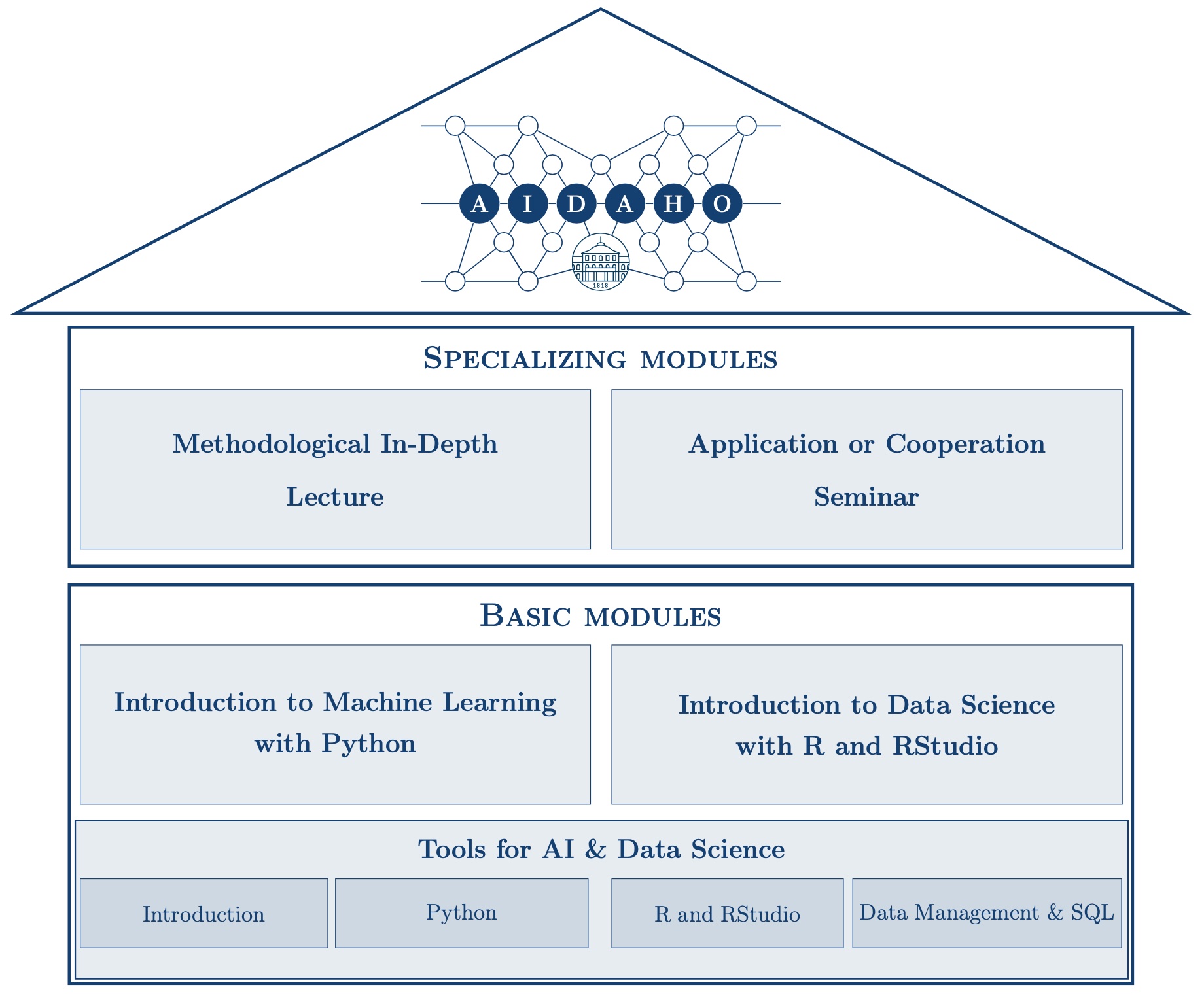
References
Footnotes
For a summary of this study in the German news magazine DER SPIEGEL, check this link↩︎
Given that LLMs are becoming now a very important tool for our private and professional life, you should have at least a basic understanding of what LLMs are doing. This Wikipedia article on LLMs is a good start: Link↩︎
